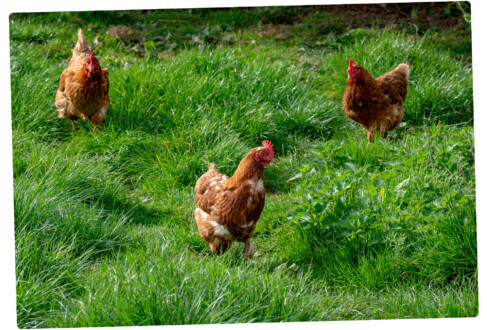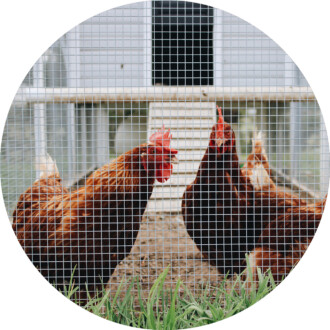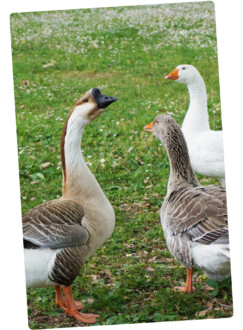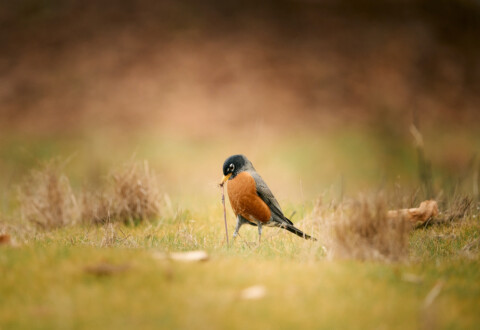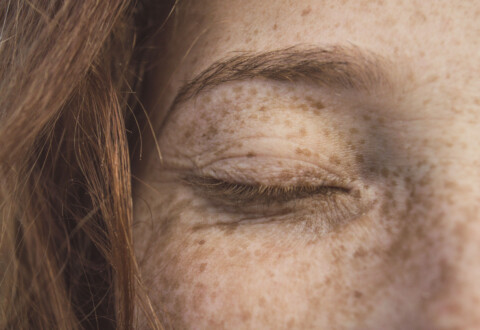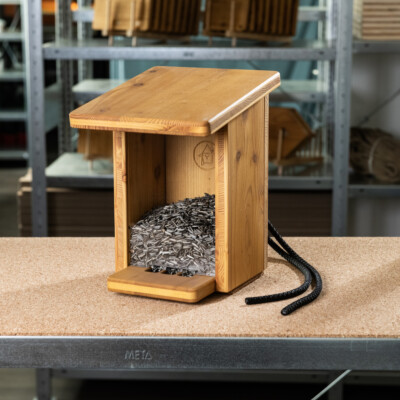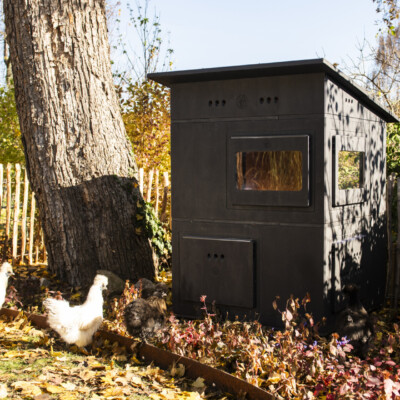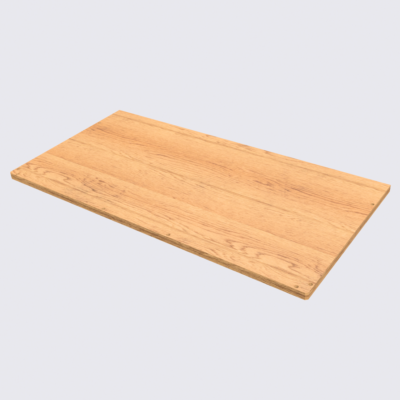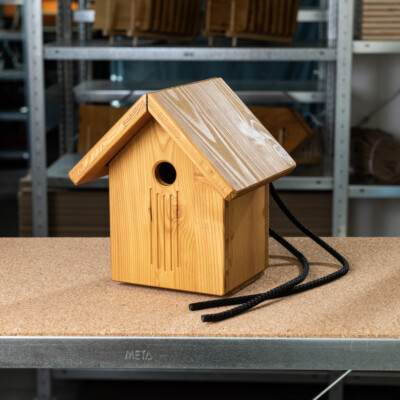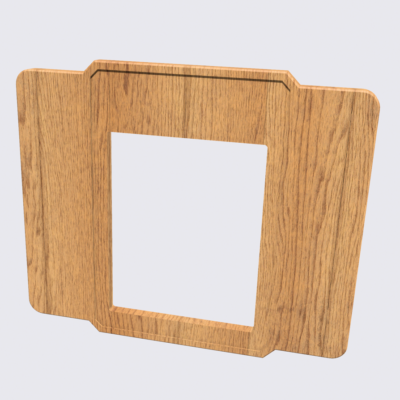Similar to wild birds, domestic chickens also have an acute “security problem”: they are at the top of the menu of various predators. Danger lurks from the air (e.g. hawk, buzzard) or from the ground (e.g. fox, marten) and as far as their handling is concerned, day and night bring very different requirements.
The dangers at night
First the good news: the greatest danger lurks at night and fortunately this is when protecting chickens is easiest. Why? Because they are in the henhouse at this time. Your chickens should be absolutely safe here, at least at night.
To achieve this, the following 3 conditions must be met night after night:
- all chickens must reliably return to the coop during dusk.
- the henhouse must be securely locked and there must be no possibility for predators to enter the henhouse in this state.
- the chickens may only leave the secure coop at dawn.
More specifically, the chicken coop must have the following properties:
- It must be lockable: a fox or similar must not be able to open the door.
- There must be no other openings in the coop wall or roof through which a predator can squeeze through (e.g. windows, ventilation holes). My research has shown (see e.g. net) that openings up to 4 cm high / wide are safe for martens due to the anatomy of these animals. However, it also depends on the material used: a marten can certainly enlarge the opening of a thin softwood panel quickly by gnawing.
- The hutch should also be secure from below: it must be practically impossible for predators to dig their way into the interior of the hutch. If the hutch is not closed from underneath anyway, then grids buried in the floor, for example, can help here.

The dangers during the day
Now for the bad news: danger also lurks during the day. From the ground and, unfortunately, also from the air. Foxes are now also active during the day: they are increasingly being spotted in our area during the day.
But perhaps the greatest danger for your chickens is posed by birds of prey. For example, once a hawk has spotted your chickens, it will probably come back and try its luck from time to time. The best protection against the danger from above is certainly a tear-proof net (e.g. a climbing net from fruit growing) or a grid. However, covering the run has one major disadvantage: it is realistically only possible in a limited area and this is in stark contrast to the space required by chickens in the run. As a chicken owner, you are therefore faced with a dilemma: either you cover the entire run, which will only be possible if the run is (too) small, or you do without this protection – at least partially.
But there is also good news:
> My EXPERIENCE: “Several buzzards regularly circle over our garden. Despite this, nothing has ever happened thanks to the dense planting or “canopy” of trees and bushes. Trees and bushes are therefore also a very good protection against birds of prey.”
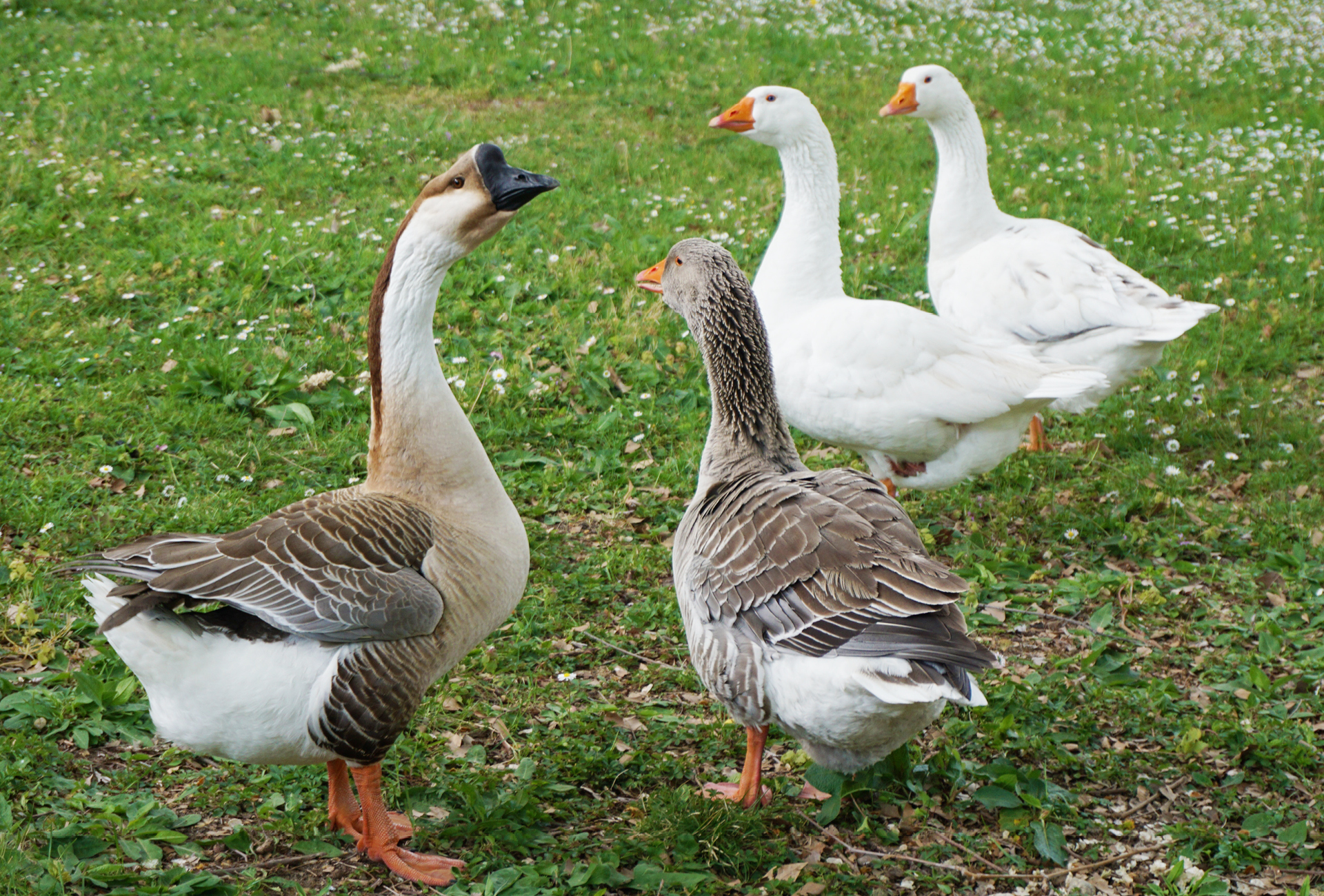
Keeping chickens together with other pets also offers a certain degree of protection against attackers. Dogs, for example, but also geese or turkeys, have a deterrent effect on many a predator. It goes without saying that dogs should see the chickens as roommates and not as prey.
A rooster is good protection against cats because it reacts much more courageously and decisively to a possible attack than hens normally do. Possible targets for cats are mainly chicks and bantams.
> My EXPERIENCE: “We have several cats in the neighbourhood that regularly visit our garden. They do register our chickens and keep an eye on them, but so far nothing has ever happened even to our little bantam silkies.”
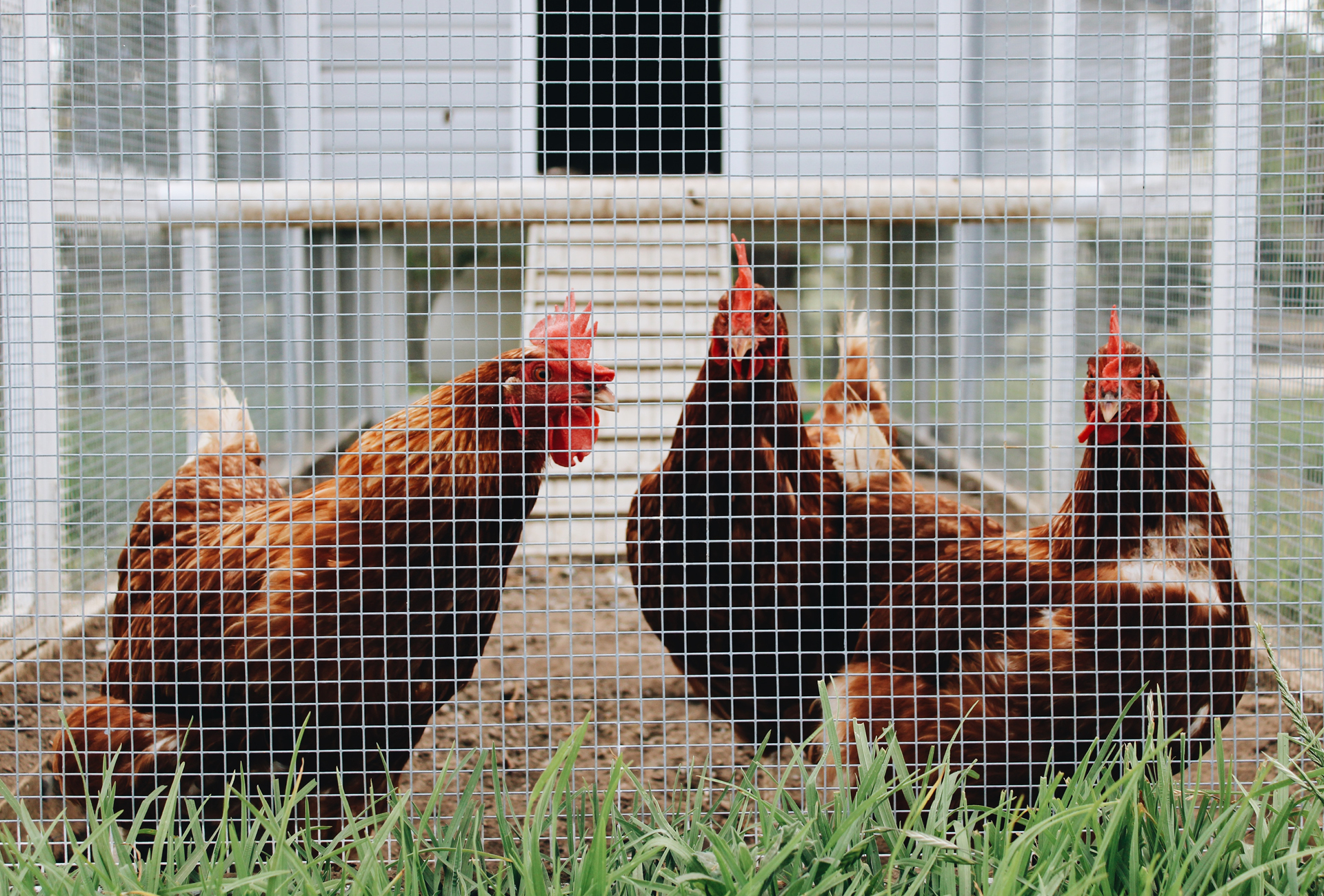
Aviary – or a covered conservatory in general
Aviaries are designed like a kind of large bird cage. They protect the enclosed birds from attacks from all directions and also make it impossible for the chickens to escape. An aviary certainly makes sense, especially for flight-loving chicken breeds, although the question of size automatically arises. In my opinion, an aviary can only ever be a temporary solution. However, it should never replace a real run.
However, an aviary – or a cold scratching room, as a covered aviary is also called – can be very helpful on a temporary basis. Especially in times of the H5N1 bird flu virus, such a room has proven its worth: Here the chickens can be out in the fresh air, but are still protected from the – possibly infected – droppings of other birds. It is also possible, for example, that your chicken sitter, who will be looking after your chickens during your vacation, would prefer to play it safe
Depending on how you design or equip such a cold room, it quickly becomes a kind of covered winter garden: the chickens will find everything they need for everyday life here. This means they are not forced to go out into the unprotected run in bad weather – even if they will do so anyway (there is no such thing as bad weather for chickens)!
So if they still don’t feel comfortable, the last thing to do is to think about electrifying the fence. But even here the power could fail or you could forget to activate the fence. So you will never be able to protect your chickens completely.
> My EXPERIENCE: “Even with optimal protection for your chickens, there is unfortunately always a certain residual risk. For example, even the best aviary can get a hole that goes unnoticed.”





